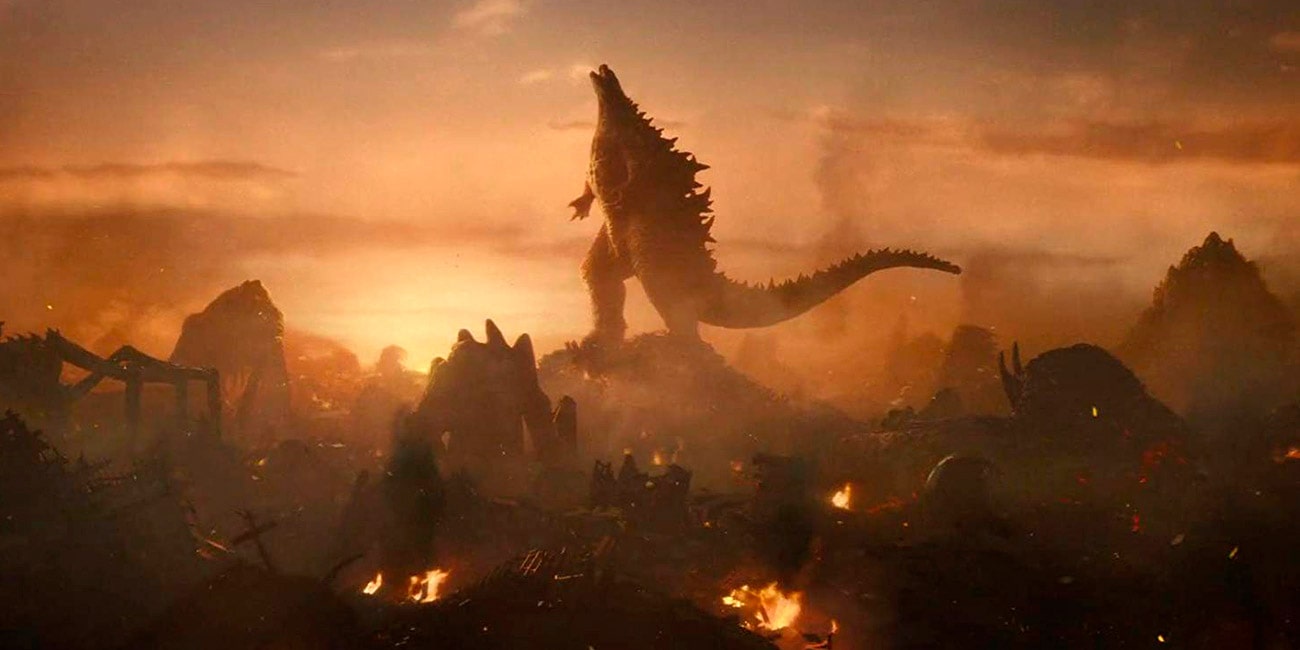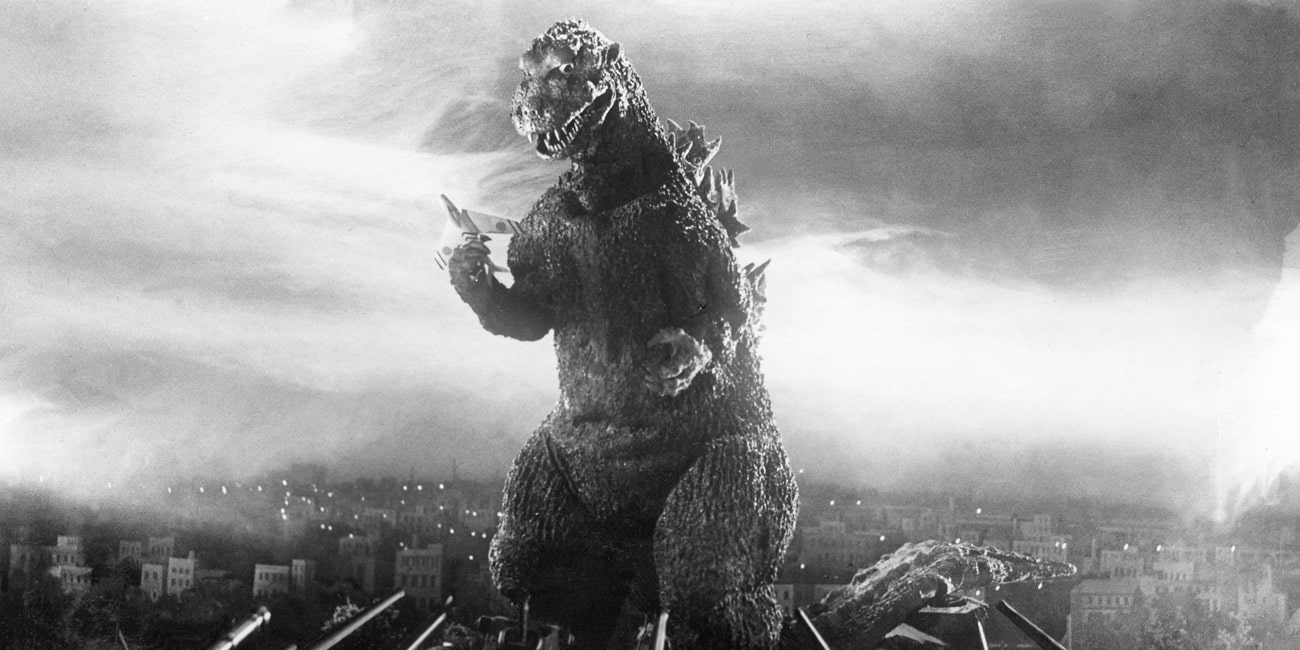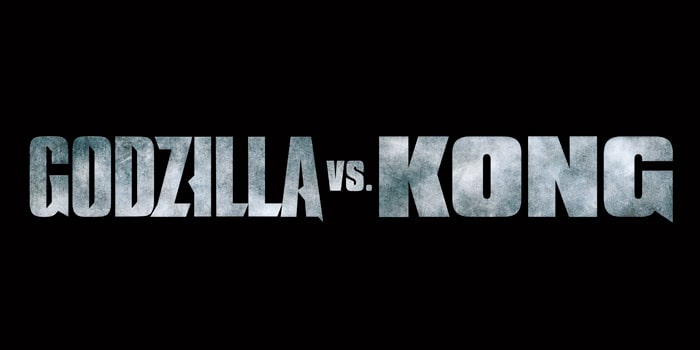
Just as architecture, technology, and art, monsters also define the character of society because they embody, in turn, their totems and their taboos, meaning, what is desired and what is hidden. “Monster” means “to show” which was how the ancients understood and accepted the gods' designs, that is why the Minotaur is a clear reference of what, in reality, means a monster: something that is feared and at the same time, is as untouchable as enigmatic.
As you read the pages of the Odyssey, the Latin texts, and even the Bible, you find tremendous enshrinement of the monster being the cyclops, gorgon, mermaid, leviathan, behemoth, or satyr, the god Pan or the amphisbaena, among others. Yet with time, the beginning of Christianity, the rise and fall of Rome, and especially the Middle Ages and its cathedrals of gargoyles, the sacred sense of the monsters started to lose its meaning until pure fear was left. To illustrate it simply: Frankenstein’s Monster, the great monster of modern times, is feared, yet it is not adored or worshipped in any way.
But Godzilla is different. It is the return of the enshrinement of the monster.
This gigantic lizard Gojira appears in 1954 made by the Japanese director Ishiro Honda, causing a real sensation in Japan and the entire world. Beyond its colossal appearance, Godzilla embodies the feeling of the Japanese people after the nuclear attack suffered in 1945. That is to say, Godzilla is a monster product of this pain, it is a creature resurrected from the ashes and above all, a protector of the island, acquiring a mystical and unifying dimension larger than any other fictional character (even larger than the figure of Superman to the American history from the great depression to the present). In fact, within the Mythology surrounding Godzilla, it is said that inside him dwells all the souls of the fallen in Hiroshima and for this reason his weapon is fire.
This background is what separates Godzilla from the modern monster’s vault, with the occasional exception of King Kong, king of its Skull Island, who in contrast to the giant lizard, finds its death with civilization. Let’s look at it this way: Alien causes horror, but Godzilla causes panic, which is something very different.
“Panic” comes from the God Pan and means “fear of nature”. In itself, Godzilla constitutes a force of nature, such as a hurricane, a volcano, or a tsunami. What happens is that its devotion to Japan transforms it into a protective ring that, in turn, with its same protective sense, could destroy the island with a single blow from its tail. It is what we would call today “the lesser evil”; and of course, it is a lesser evil compared to Mothra, Rodan, Gorosaurus, and the other “Kaijus” which only mean the annihilation of Japan and the entire world.
The best scene of “King of the Monsters” is when, after defeating Ghidora, the three-headed- serpent, Godzilla stands victorious while the other titans admire him and accept him as their sole king.
Following the idea of “The Book of Imaginary Beings” by Jorge Luis Borges, here we have the Island of Crete and the Minotaur, the people of Moses and the burning bush, the Aztecs and Quetzacoalt, the Japanese Island and Godzilla building from different latitudes, that profound relationship of panic – veneration between men and divinity.
Long live the King of the Monsters!
P.S. “A must-see”, this march 26th the epic movie Godzilla Vs. Kong will be premiered where only one of these Colossus will stand. Who do you bet for?
March 2021




